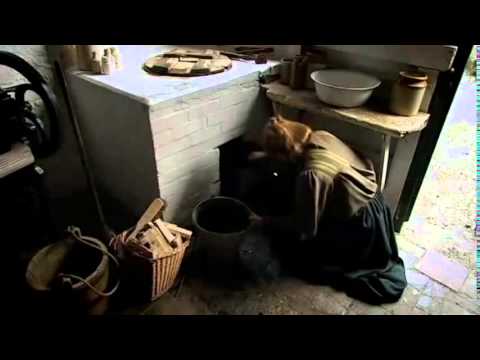#Tallow And #Beeswax For #Leather Recipe
May 23, 2025
"Leather has been a trusted material for centuries, and keeping it in top condition requires a little care. That’s where our tallow and beeswax recipe comes in—a natural, time-tested solution for nourishing and protecting leather. This blend not only restores shine but also adds a layer of durability, extending the life of your favorite leather goods.
We love this recipe because it’s simple, effective, and free of harsh chemicals. Both tallow and beeswax have been used for generations to condition and waterproof leather. Together, they create a rich, creamy balm that works wonders on everything from boots to belts. Whether you’re a leather enthusiast or just looking to revive an old bag, this DIY recipe is a must-try.
Ingredients
To create this natural leather care recipe, we need just a few key ingredients. These come together to form a nourishing product perfect for maintaining and restoring leather items. Below, we outline the specific items required for this blend and their respective use.
What You’ll Need
3 oz of Tallow (preferably grass-fed for its purity and superior conditioning properties)
1 oz of Beeswax (use natural, yellow beeswax for the best protective barrier)
2-3 drops of Essential Oil (optional, adds a subtle fragrance and extra conditioning – choose scent-free if preserving natural leather aroma)
Small Heatproof Container or Bowl (for easy mixing)
Double Boiler Setup (ensures controlled heating and prevents burning)
Clean Cloth or Applicator Sponge (for applying the finished mixture to leather)
Ingredient Notes
Tallow: Acts as a natural emollient, deep-conditioning leather to prevent cracking while replenishing oils.
Beeswax: Provides a water-resistant barrier, protecting leather from moisture and enhancing flexibility.
Why?
1. Deep Conditioning and Moisturization
Tallow acts as a rich, natural conditioner that penetrates leather fibers deeply. Unlike synthetic alternatives, it replenishes lost oils effectively, preventing cracking and drying. Leather treated with tallow regains its softness and flexibility, making it look and feel brand new.
2. Enhanced Water Resistance
Beeswax creates a protective barrier on the leather surface, shielding it from moisture and water damage. This is especially useful for items like boots and bags exposed to the elements. The wax seals the pores of the leather while still allowing it to breathe, ensuring longevity and resilience.
3. Restoration of Shine
Combining tallow and beeswax restores the natural luster of leather. When applied, the blend gives a polished, glossy finish that enhances the leather’s visual appeal without making it look overly synthetic or plastic-like.
4. Protection Against Wear and Tear
Both tallow and beeswax add a layer of protection that minimizes wear over time. Scratches, scuffs, and stains are less likely to penetrate the leather, keeping it in excellent shape. With regular use, this blend ensures that your leather maintains its strength and beauty for years.
5. Eco-Friendly and Chemical-Free
One of the biggest advantages is the all-natural composition of tallow and beeswax. They are free from harsh chemicals that can weaken leather over time. This makes them a safer, more sustainable choice for maintaining our leather treasures."
Learn more:
https://gluttonlv.com/recipes/tallow-and-beeswax-for-leather-recipe/
#AnimalProducts #NoPFAS #NoChemicals #NaturalWaterproofing #SolarPunkSunday #LeatherConditioner
